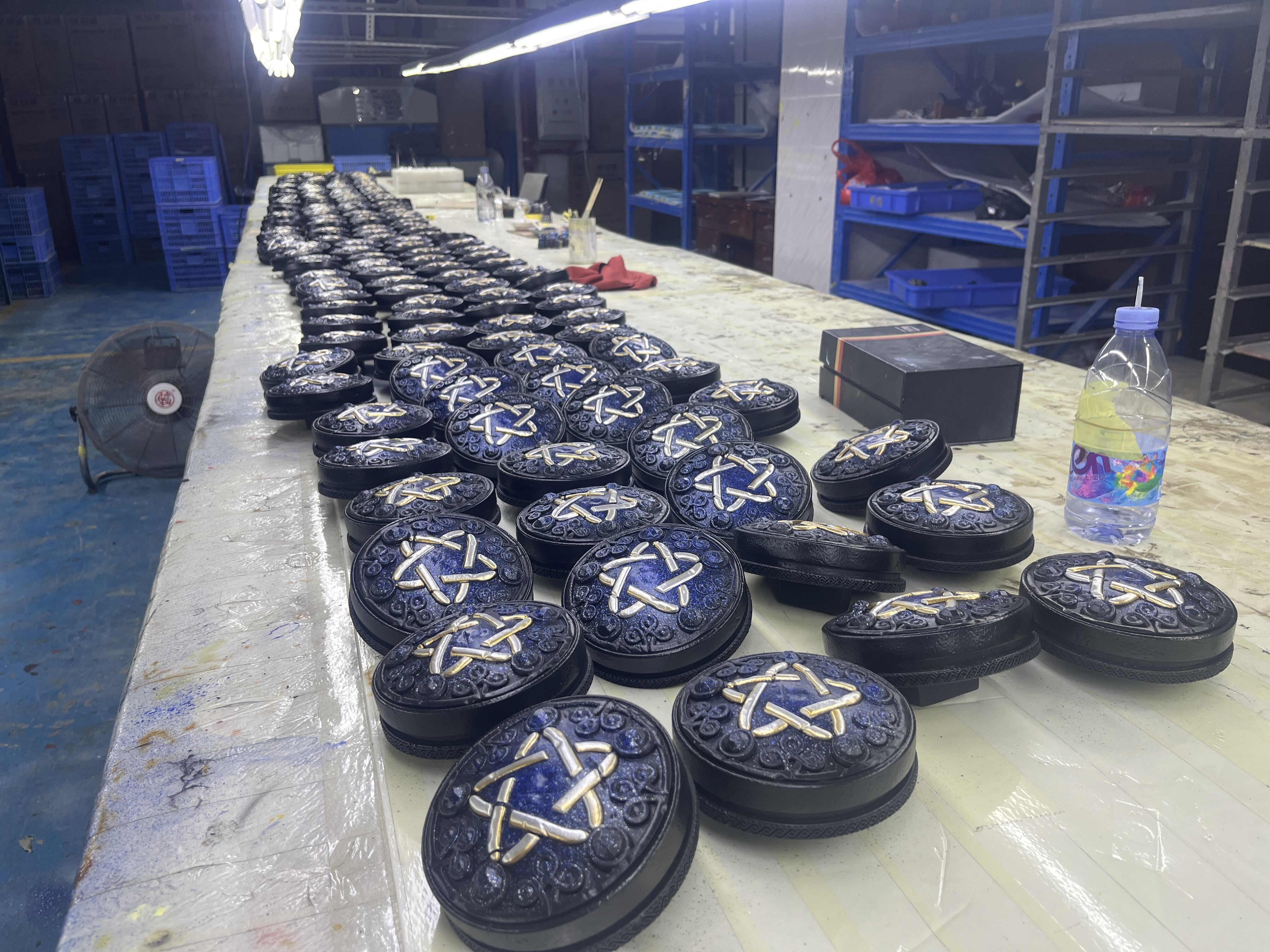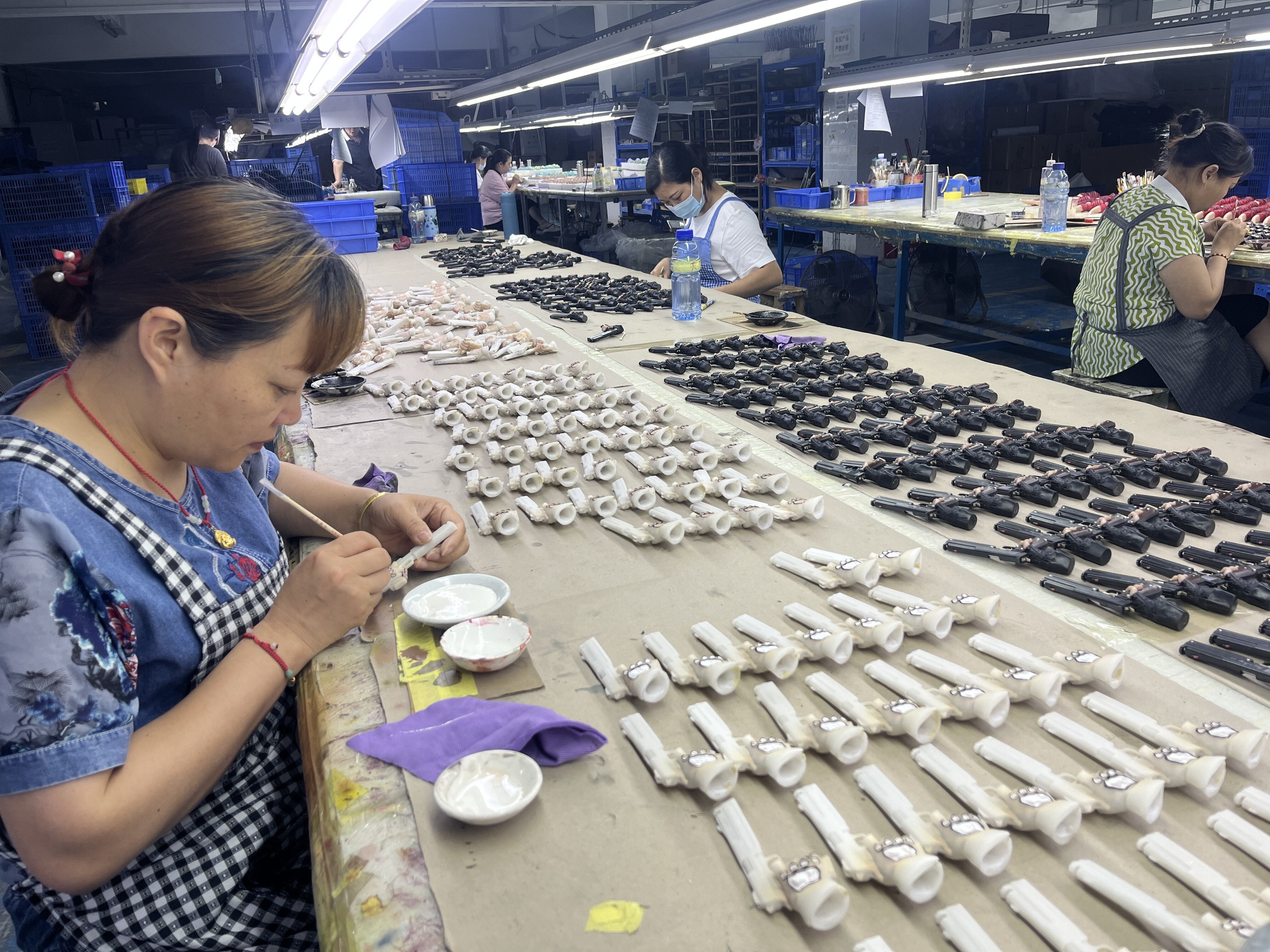How to Display and Preserve Your Collection Model Investments
For many enthusiasts, a collection model is more than a hobby—it’s an investment. Whether you collect rare die-cast cars, limited-edition action figures, or handcrafted military miniatures, preserving their condition and displaying them effectively directly impacts their long-term value. A well-maintained collection model can appreciate significantly over time, while neglect can diminish its worth. Here’s a guide to displaying your collection model investments in a way that showcases their beauty while protecting their integrity.
Displaying Collection Models: Balancing Aesthetics and Protection
Displaying a collection model effectively requires striking a balance between visibility (so you can enjoy and showcase your investment) and protection (to prevent damage). The right display not only highlights the model’s details but also shields it from environmental threats like dust, sunlight, and physical harm.
Choosing the Right Display Case
The foundation of preserving a collection model is a high-quality display case. For small to medium models (e.g., 1:24 scale cars or 6-inch action figures), acrylic or glass cases with UV protection are ideal. Acrylic is lighter and less prone to shattering than glass, making it a safe choice for households with children or pets. Look for cases with tight-sealing lids to keep dust out—dust buildup can scratch paint or corrode metal parts over time.
For larger collection models, such as 1:12 scale motorcycles or vintage train sets, custom wooden display cabinets with glass doors offer both protection and elegance. These cabinets can be fitted with adjustable shelves to accommodate varying sizes, and adding a lock ensures security for high-value items. Avoid open shelving for valuable models, as it leaves them exposed to dust and accidental bumps.
Strategic Placement
Where you place your collection model display matters as much as the case itself. Avoid direct sunlight, which fades paint, discolors plastic, and warps materials like wood or fabric. Instead, position cases in rooms with indirect light or use LED lighting inside the display to highlight the model without harmful UV rays.
Humidity is another enemy of collection model preservation. Bathrooms and kitchens have fluctuating moisture levels that can cause metal parts to rust or decals to peel. Opt for dry, climate-controlled rooms like living rooms or home offices. If you live in a humid area, place silica gel packets inside display cases to absorb excess moisture—replace them every 2–3 months for maximum effectiveness.


Arranging Your Collection
How you arrange your collection model investments can enhance their visual appeal while minimizing risk. Group models by theme, era, or brand to create a cohesive display—for example, arranging all 1950s classic car models together or showcasing superhero figures by franchise. This not only looks attractive but also makes it easier to monitor each collection model for signs of damage.
Leave space between models to prevent scratching. Even small shifts (from vibrations or accidental jostling) can cause friction between tightly packed items, especially for models with delicate details like mirrors, antennas, or painted designs. For particularly fragile pieces, use museum putty to secure the base of the model to the display surface—this removable adhesive keeps the model stable without damaging its base.
Preserving Collection Models: Long-Term Maintenance
Preserving a collection model’s value requires ongoing care to address wear and environmental damage. Regular maintenance prevents small issues from becoming major problems that devalue your investment.
Cleaning Techniques
Dust is the most common threat to a collection model, but cleaning must be done carefully to avoid damage. For plastic or metal models, use a soft-bristled brush (like a makeup brush) to gently remove dust from crevices. For more stubborn dirt, lightly dampen a microfiber cloth with distilled water (tap water can leave mineral deposits) and wipe the surface—never use harsh chemicals or abrasive cleaners, which can strip paint or dissolve decals.
For delicate collection models with intricate details (e.g., hand-painted military miniatures or models with fabric components), consider using compressed air to blow away dust. This method avoids physical contact, reducing the risk of bending or breaking fragile parts like weapons, wings, or tiny accessories.
Handling with Care
Even the most careful display can’t protect a collection model from damage during handling. Always wash your hands before touching a model—oils and dirt from skin can transfer to the surface, causing discoloration over time. For high-value items, wear cotton gloves to minimize contact. When moving a model, support it from the base rather than grabbing delicate parts like doors, wings, or limbs, which can snap off easily.
Avoid excessive handling, as repeated movement increases the risk of accidental damage. If you need to rearrange your display, take photos of the original setup first to ensure you can return the model to its secure position.
Addressing Wear and Tear
Over time, even well-preserved collection models may show signs of aging. Plastic models can develop “plasticizer migration,” a sticky film caused by chemical breakdown—this can be cleaned with a mild solution of water and dish soap, applied with a cotton swab. Metal models may develop tiny spots of rust, which can be removed with a soft eraser (for light rust) or a specialized metal polish (for more stubborn cases).
For rare or antique collection models, consult a professional restorer for significant damage. Attempting DIY repairs with glue or paint that doesn’t match the original can drastically reduce the model’s value. Preservation is about maintaining the model’s original condition, not altering it.
Enhancing Value Through Presentation
A well-displayed collection model not only preserves its value but can enhance it. Collectors and buyers appreciate models that are not only in mint condition but also presented in a way that highlights their unique features.
Documentation and Provenance
Keep detailed records of your collection model’s history, including purchase receipts, certificates of authenticity, and any documentation of limited-edition status. Displaying these documents alongside the model (in a protective sleeve inside the case) adds credibility and increases value. For example, a 1960s die-cast car with its original box and a certificate of authenticity is far more valuable than the same model without documentation.
Themed Displays
Grouping collection models by theme or series can make your display more appealing to potential buyers. For example, a collection of Star Wars action figures displayed in chronological order (from the original trilogy to recent releases) tells a story that enhances their collective value. Adding small, period-appropriate accessories (e.g., tiny props or background scenery) can also highlight the model’s context without overshadowing it.
Lighting for Impact
Strategic lighting can showcase a collection model’s details while avoiding damage. LED strip lights mounted inside display cases (with low heat output) illuminate the model without risking warping or discoloration. For metal models, warm white lights highlight their reflective surfaces, while cool white lights enhance the vibrant colors of plastic or painted models. Avoid spotlights that create harsh shadows, which can obscure details.
FAQ: Displaying and Preserving Collection Model Investments
How often should I clean my collection model display?
Dust display cases every 1–2 weeks with a microfiber cloth. Clean the models themselves every 2–3 months (or more often if they’re in a high-traffic area) using gentle brushing or compressed air. Avoid over-cleaning, as excessive handling can cause damage.
Is it better to keep a collection model in its original box or display it?
For maximum preservation, rare models are often kept in their original boxes, stored in a cool, dry place. However, if you want to enjoy your investment, display it in a protective case—just ensure the box is stored safely, as it adds value. For most collectors, a balance works: rotate models between display and storage to minimize exposure.
What’s the best way to store a collection model long-term?
Use acid-free tissue paper to wrap delicate models, then place them in airtight plastic containers or their original boxes. Store containers in a cool (60–70°F), dry (30–50% humidity) area, like a closet or basement. Avoid attics or garages, where temperature and humidity fluctuate drastically.
How do I prevent fading in a collection model with vibrant paint?
UV-protective display cases are key—they block 99% of harmful UV rays. Additionally, use low-wattage LED lights (under 20 watts) for illumination, as incandescent bulbs emit heat and UV radiation. If displaying near a window, apply UV-filtering film to the glass to reduce light exposure.
Can repairing a damaged collection model affect its value?
It depends on the repair. Professional, invisible repairs (e.g., reattaching a small part with matching glue) may not significantly impact value, but visible repairs or repainting can reduce it by 30% or more. For high-value models, consult an appraiser before attempting any repairs.
Table of Contents
- How to Display and Preserve Your Collection Model Investments
- Displaying Collection Models: Balancing Aesthetics and Protection
- Preserving Collection Models: Long-Term Maintenance
- Enhancing Value Through Presentation
-
FAQ: Displaying and Preserving Collection Model Investments
- How often should I clean my collection model display?
- Is it better to keep a collection model in its original box or display it?
- What’s the best way to store a collection model long-term?
- How do I prevent fading in a collection model with vibrant paint?
- Can repairing a damaged collection model affect its value?
